View from Above: Chris Gorman takes on the RHS gardens
DronePrep pilot in residence Chris Gorman (aka The Big Ladder Photographer) has been as busy as a bee in the gardens of the Royal Horticultural Society (RHS). Since 2018, he has been capturing stunning aerial images of their sites across the UK. Read on for some words from Chris about his experience flying at all five sites, in all four seasons.

RHS Garden Bridgewater, summer. All images strictly Copyright: Chris Gorman/RHS
Working with the RHS
My relationship with the Royal Horticultural Society (RHS) began in 2018. I was asked by the London Evening Standard to find a drone image showing the beautiful colours of the autumn leaves in London. My first thought was to call the RHS and ask if I could come and photograph the stunning colours at Wisley Garden at sunset. They immediately agreed and the resulting image appeared in the paper the next day.
I was invited back to Wisley by the press team to photograph the garden in more detail, an opportunity I relished. A drone allows you to view the garden from a perspective that previously only the garden designer understood.
After several visits to Wisley, I was then asked whether I would like to photograph all RHS Gardens. That meant all four seasons, RHS gardens across the UK: Wisley in Surrey, Rosemoor in Devon, Harlow Carr in North Yorkshire, Hyde Hall in Essex and, more recently, the brand new RHS Bridgewater in Manchester.

RHS Garden Hyde Hall, winter All images strictly Copyright: Chris Gorman/RHS
Planning photoshoots
The freedom of creativity that the RHS permits when carrying out this work is why the images work so well. I arrange all shoots based on the weather; sunlight is vital for a good shot. With some of the locations involving 400-mile round trips, I need to be confident that the weather is going to play ball when I get there. This summer has tested this to the extreme, with forecasts often changing drastically from one day to the next. I’ve had a few occasions when three different weather apps have been incorrect!
I use DronePrep’s Daylight Tool when planning many of these shoots, it gives me specific information about where the sun is going to be at sunrise and sunset – it’s a feature I absolutely love.
Permission-wise, the shoots are quite easy as landowner permission is already in place with the RHS. The only garden that has airspace issues is Bridgewater in Manchester, due to its proximity to the airport. Manchester Airport has been very helpful so far with permission easily obtained.
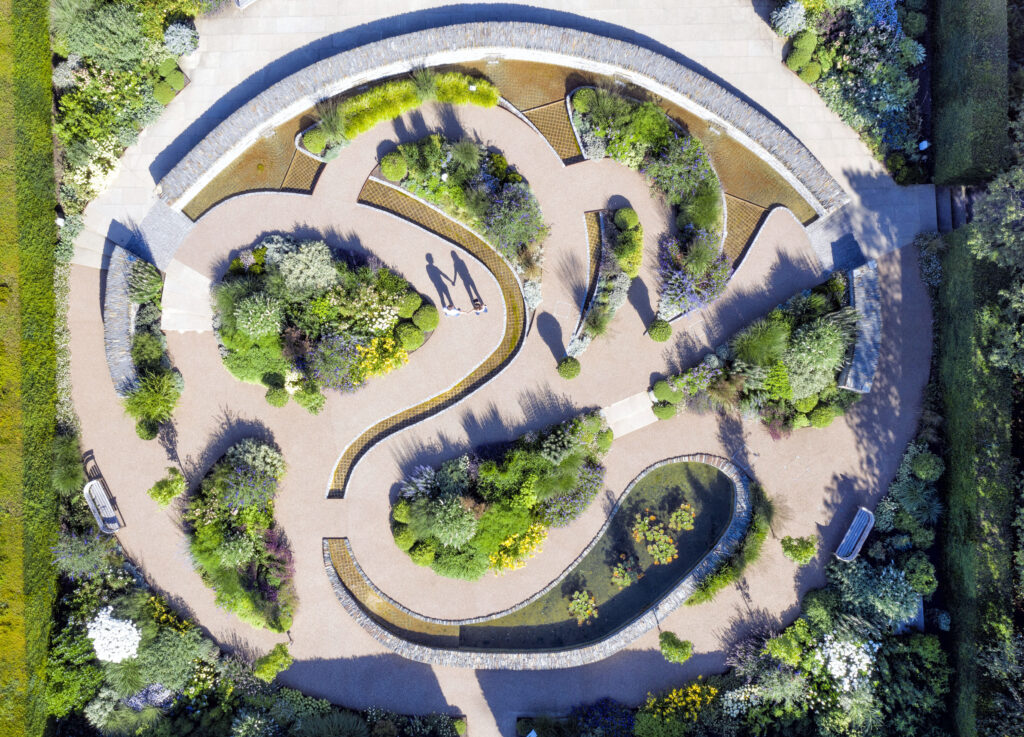
RHS Garden Rosemoor, summer. All images strictly Copyright: Chris Gorman/RHS
The resulting images
Many of the images have appeared in the national press, From the Daily Telegraph and The Times to the Daily Mail and Daily Express. As a media photographer with nearly 30 years of experience, I know exactly what a picture editor likes to see. Crucially, an image needs to be pitched to a newspaper at the right time. Even a great picture needs a news hook to hang it on… hot weather, national gardening week, and so on.
The RHS has allowed me to indulge my passion for shadow images. There are some great shots of gardeners watering the flowers and raking leaves, or couples walking hand in hand through the roses.
I love how each garden looks completely different through the seasons, with something new to see from the air on each visit. After around 15 shoots at Wisley over the last three years, I still find something new to capture each time.

RHS Garden Wisley, winter. All images strictly Copyright: Chris Gorman/RHS
The DronePrep Map
Chris uses The DronePrep Map to help him plan flights and get landowner permission to take-off. Check out The DronePrep Map for everything you need to plan flights safely.
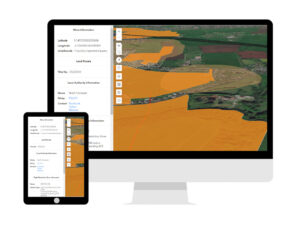

Chris Gorman (also known as The Big Ladder Photographer) is a fully CAA Certified (PFCO) who has been featured widely in media around the world. He is also DronePrep’s expert Pilot-in-Residence.

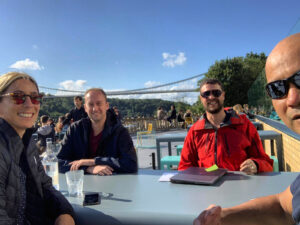 What’s a Mapup?
What’s a Mapup?

 Preparing for the Test
Preparing for the Test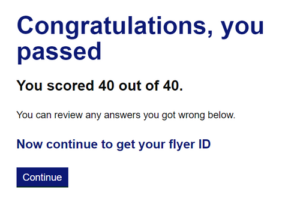 Some of the questions encourage you to consider the reasons behind an answer (No, because… Yes, because…) and you’ll need to get that part correct too. Imagine I ask you something like: “Should I fly my drone within 20m of a school playground?” and you are offered the answers: “No, because the kids might steal your drone” vs. “No, because flying within 150m of a built-up area is not permitted” – you get the idea.
Some of the questions encourage you to consider the reasons behind an answer (No, because… Yes, because…) and you’ll need to get that part correct too. Imagine I ask you something like: “Should I fly my drone within 20m of a school playground?” and you are offered the answers: “No, because the kids might steal your drone” vs. “No, because flying within 150m of a built-up area is not permitted” – you get the idea. What is Unmanned Air Veterans’ mission?
What is Unmanned Air Veterans’ mission?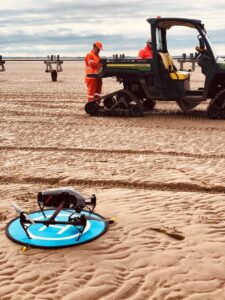 How does commercial work with drones differ from military operations?
How does commercial work with drones differ from military operations?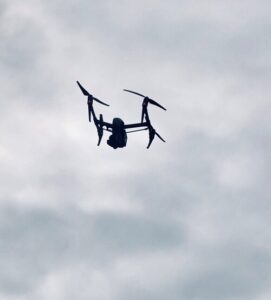 What are your hopes for the future of the industry?
What are your hopes for the future of the industry? The hard part was the weather.
The hard part was the weather.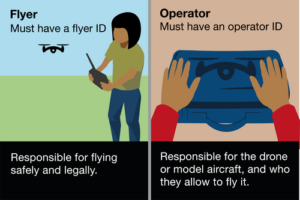 Operator ID
Operator ID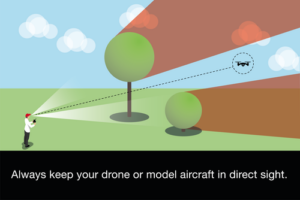 Much of the guide feels like common sense, but there are a few rules I wasn’t aware of. For example, you’re given extra leeway on the height limit when flying over a structure, but only if you’ve been asked to carry out some kind of task related to it – like photographing a wind turbine, for example.
Much of the guide feels like common sense, but there are a few rules I wasn’t aware of. For example, you’re given extra leeway on the height limit when flying over a structure, but only if you’ve been asked to carry out some kind of task related to it – like photographing a wind turbine, for example.